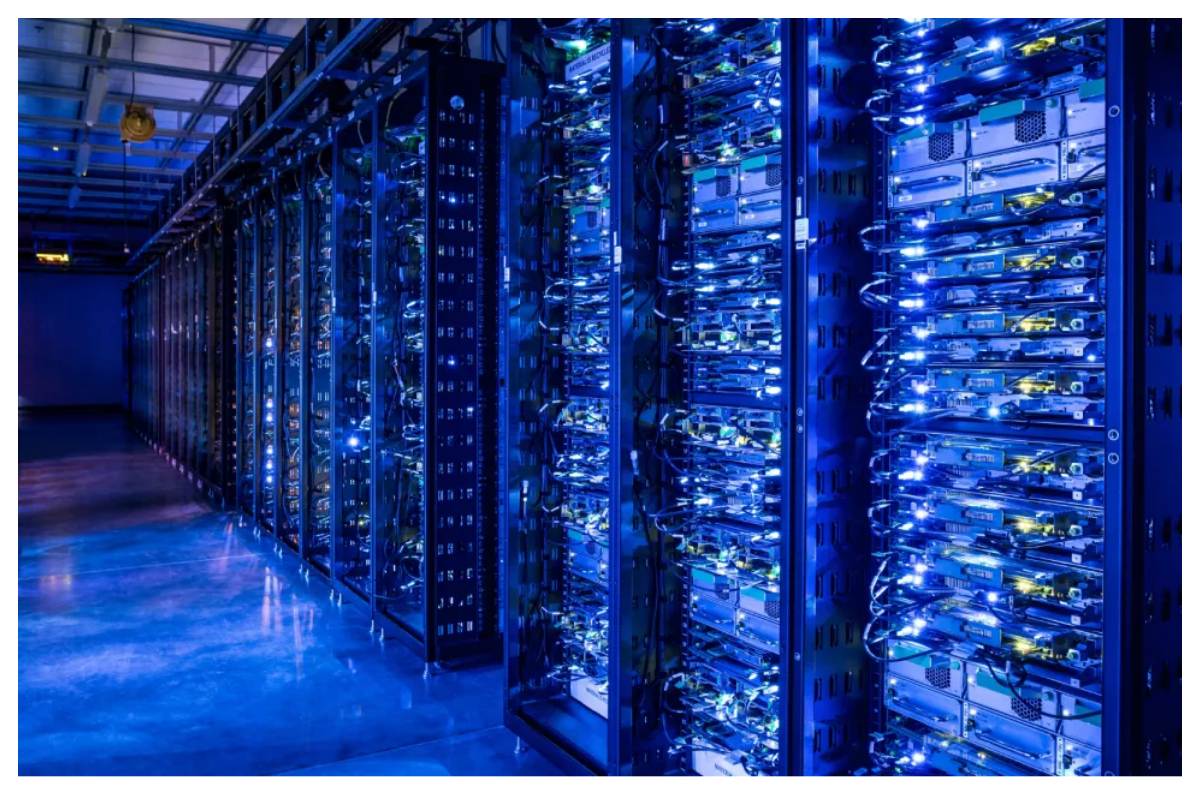- Microsoft has been trying out fuel cell technology since 2013.
- Diesel generators are utilized as backup power in data centres.
- This new generator has no carbon emissions.
Microsoft says it has made a replacement for the diesel-powered generators that are used as backups in data centres in case of power outages and other service disruptions. This new generator has no carbon emissions.
In a blog post announcing the news, Sean James, Microsoft’s director of data centre research, called the breakthrough a “moon landing” for the data centre industry.
Sustainability in data centres is a big deal no matter how you look at it. According to research from the International Energy Agency, the main components of modern cloud hosting use nearly 1 percent of the world’s electricity and produce 0.3 percent of all CO2 emissions.
The system is said to be able to produce up to 3 megawatts of power, which is enough to replace one diesel generator or power up to 1,800 homes.
Since 2013, Microsoft has been trying out fuel cell technology and has promised to be carbon-neutral by 2030.
But hydrogen isn’t the only thing that could make data centres more environmentally friendly in the future.
Fujitsu is working with the Icelandic start-up Atmonia to make sustainable Amonnia, which could be burned to power data centres effectively if the Haber-Bosch process, which makes a lot of pollution, could be changed.
Hydrogen power has a lot of high-profile critics, too, despite Microsoft’s support. For example, Elon Musk said at a recent event that the technology was “the dumbest thing I could think of to store energy.”
Sean James, Microsoft’s head of datacenter research, said hydrogen might be a game-changer. Many people think of wind turbines and solar panels when they hear “renewable energy”
“I know I didn’t. I think that will definitely change.”
[embedpost slug=”microsoft-servers-are-hacked-to-add-proxies/”]





















